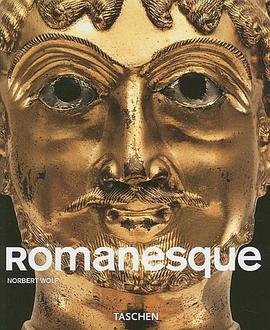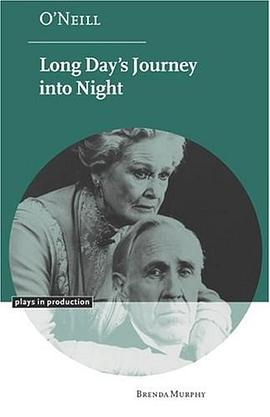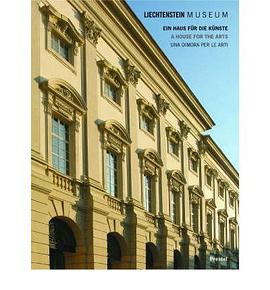

具體描述
The first universal style of the European Middle Ages Reaching its peak in the 11th and 12th centuries, the Romanesque movement was marked by a peculiar, vivid, and often monumental expressiveness in architecture and fine arts. The main centres were located in Italy, France, the German-language countries, Spain, and England, though the voices of Scandinavia and Eastern Europe expressed themselves distinctly in the genre, which patterned itself on antique and Byzantine art. Despite untold losses, countless Romanesque masterpieces remain preserved today. Highlights include: Frescoes in Galliano near Cant?, Sant?Angelo in Formis, Saint Chef, Saint-Savin-sur Gartempe, Lambach, S. Pietro al Monte near Civate, S. Clemente in Rome, from S. Maria de Tahull, Berz?-la-Ville, Tavant, Pante?n de los Reyes in Le?n, Castel Appiano, from Sigena; the golden Altar-Piece from Lisbjerg; the Bayeux Tapestry; stained glasses in the Cathedral of Augsburg and Le Mans, mosaics in S. Clemete, Rome, and in S. Marco, Venice; coloured panels und crosses from La Seo de Urgel, Sarzana and the panted ceiling in St. Michael, Hildesheim; sculptures in Souillac, Autun, Santiago de Compostela; examples of metalwork, of manuscripts and enamels.
著者簡介
圖書目錄
讀後感
評分
評分
評分
評分
用戶評價
相關圖書
本站所有內容均為互聯網搜索引擎提供的公開搜索信息,本站不存儲任何數據與內容,任何內容與數據均與本站無關,如有需要請聯繫相關搜索引擎包括但不限於百度,google,bing,sogou 等
© 2025 book.quotespace.org All Rights Reserved. 小美書屋 版权所有




















